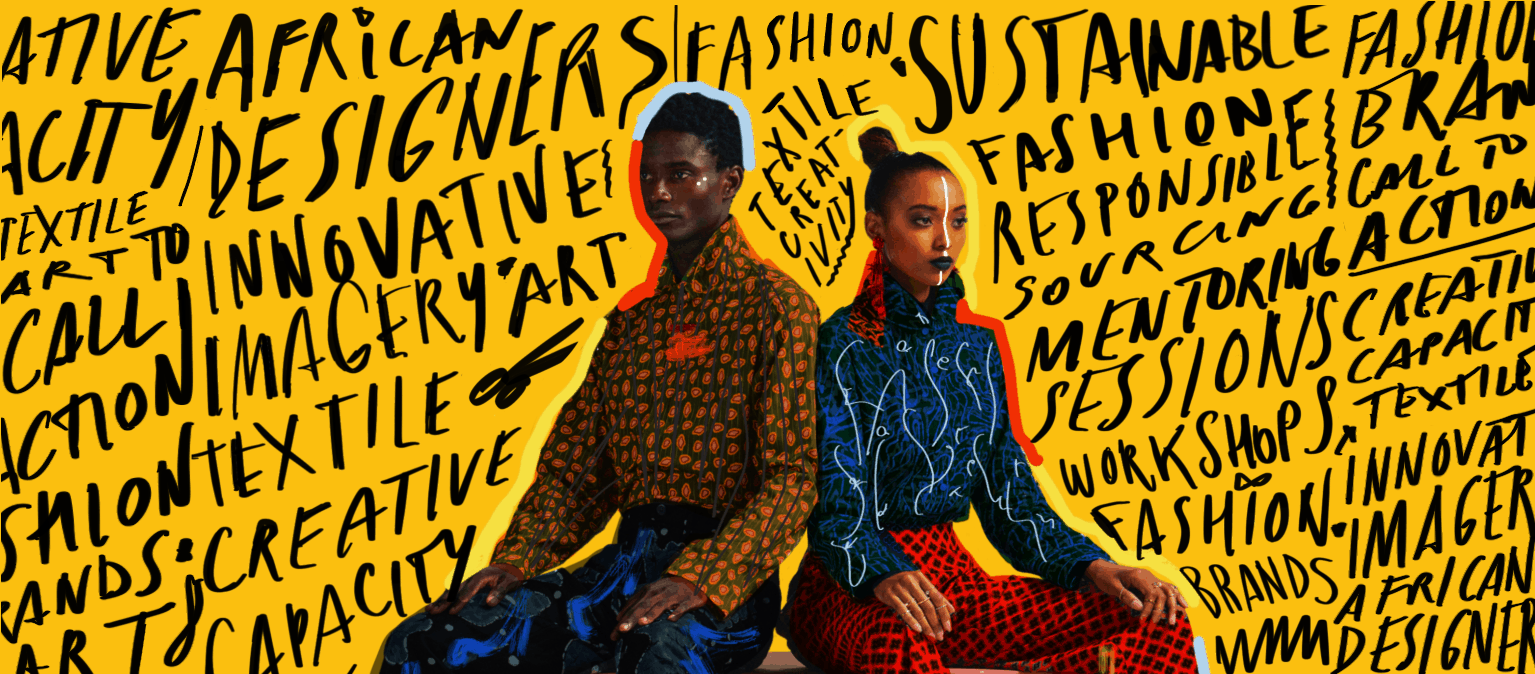

 1900s
1900s
 1920s
1920s
 1940s
1940s
 1960s
1960s
 1970s
1970s
 1980s
1980s
 2000
2000
 2021
2021
After the abolishment of slavery, African American women were able to
dress more similarly to white women with high buttoned up collars on
dresses. Nothing was allowed to show just like the standards on white
women at the time.
The roaring 20's, a time of high fashion with furs and flappers.
Accessories like long, sleek cigarette holders were very in. Dresses were
just beginning to get shorter and women were gaining more control over
what they wore. Dresses were detailed with beads and lots of flare.
shoulder pads and belted dresses became prominent for women of the 40's.
Makeup was just coming into play, but was limited for African American
women. Even though the recession hindered the economy, Hollywood glamour
was all the rage. Skirt lengths were raised to knee length. Women were
suddenly allowed to wear pants due to factory work. Saddle shoes were a
comfortable and practical shoe for everyday wear.
1950s became casual wear for African American men in the
50's. While white men's suites focused on the finish, black's suits were
focused on the details with emphasis on asscessories like watches glasses
and belts.
Fashion in the 1960s became progressively more casual across all genders
and ages. Womenswear followed three broad trends: a continuation of the
previous decade’s ladylike elegance, and the Space Age influence, and the
late 1960s “hippie” style. Menswear saw an increasing amount of color and
pattern, military influence, and new fashion icons in the form of rock
stars. Also saw designs bright in color and pattern. Felt hats and long
sleek dresses were sported on most events during this time period. Fashion
became more utilitarian as women entered the workforce for WWII with
simpler cuts and shorter hair.Then of course there were the outfits of the
Black Panthers who observed the police to try and prevent police
brutality.
1970s Bellbottoms reigned supreme in this hippy era of
fashion. Popularized by Jimi Hendrix, vests, jean jackets and on special
occasion silk shirts were all very trendy items.
When thinking of 80’s fashion, the words ‘big and bright’ surely sums it
up. It was a decade of big hair, shoulder pads, acid wash jeans and
eye-straining fabric colors and patterns. Fashion trends in the 1980s were
about materialistic values and flaunting wealth. Having the right clothes
meant spending extra money to buy designer labels and sports goods with a
brand logo. Fanny packs slogan tee shirts, puffy jackets and brightly
colored clothing dominated this era. Accessories like oversized earrings,
scrunchies and big hair. The afro came into style.
1990s has been driving the fashion scene for several
years now, and ‘90s hip-hop fashion has been central to that revival. This
shouldn’t necessarily come as a surprise; current trends across the
spectrum have been dominated by Supreme, the New York skate brand whose
formula is largely built on the legacy of ‘90s street fashion. Beyond that
particular connection, however, the ‘90s as an era is well-known for its
wealth of fashion trends. As the last period before the digital world
dominated culture, the legacy of the ‘90s is viewed through a rose-tinted
lens of CD covers, magazine spreads, cable TV shows and blockbuster films.
Black music groups like Bones Thugs-n-Harmony and Boyz II Men took the
aesthetic of ‘90s hip-hop and created a style that influenced virtually
every major boy band of the decade, and Hollywood blockbusters like Poetic
Justice, Boyz n the Hood and Juice placed black American style on the big
screen and created some of the most memorable scenes in cinematic history
(as well as some solid acting performances from Janet Jackson, Ice Cube
and Tupac Shakur).
2000s fashion is often described as being a global mash up, where trends saw the fusion of previous vintage styles, global and ethnic clothing (e.g. boho), as well as the fashions of numerous music-based subcultures. Hip-hop fashion generally was the most popular among young people of all sexes, followed by the retro inspired indie look later in the decade. Those usually age 25 and older adopted a dressy casual style which was popular throughout the decade. Furthermore, eco-friendly and ethical clothing, such as recycled fashions and fake fur, were prominent in the decade.
When's the last time you looked at a trend and wondered, What's the story
behind that? You don't have to be a fashion historian to know that some of
the most popular styles of today have a rich history and often have roots
in Black culture. Take streetwear, for example. What began as a style of
dress adopted by minorities and hip-hop artists was eventually accepted
and co-opted by the world's top luxury brands, including Gucci and Louis
Vuitton. But streetwear isn't the only revolutionary trend brought to us
by the Black community, nor was it the most memorable. From Jackie
Kennedy's legendary wedding gown to the iconic "Carrie" necklace on Sex
and the City.
For further information on the history of black fashion/styles
click here.